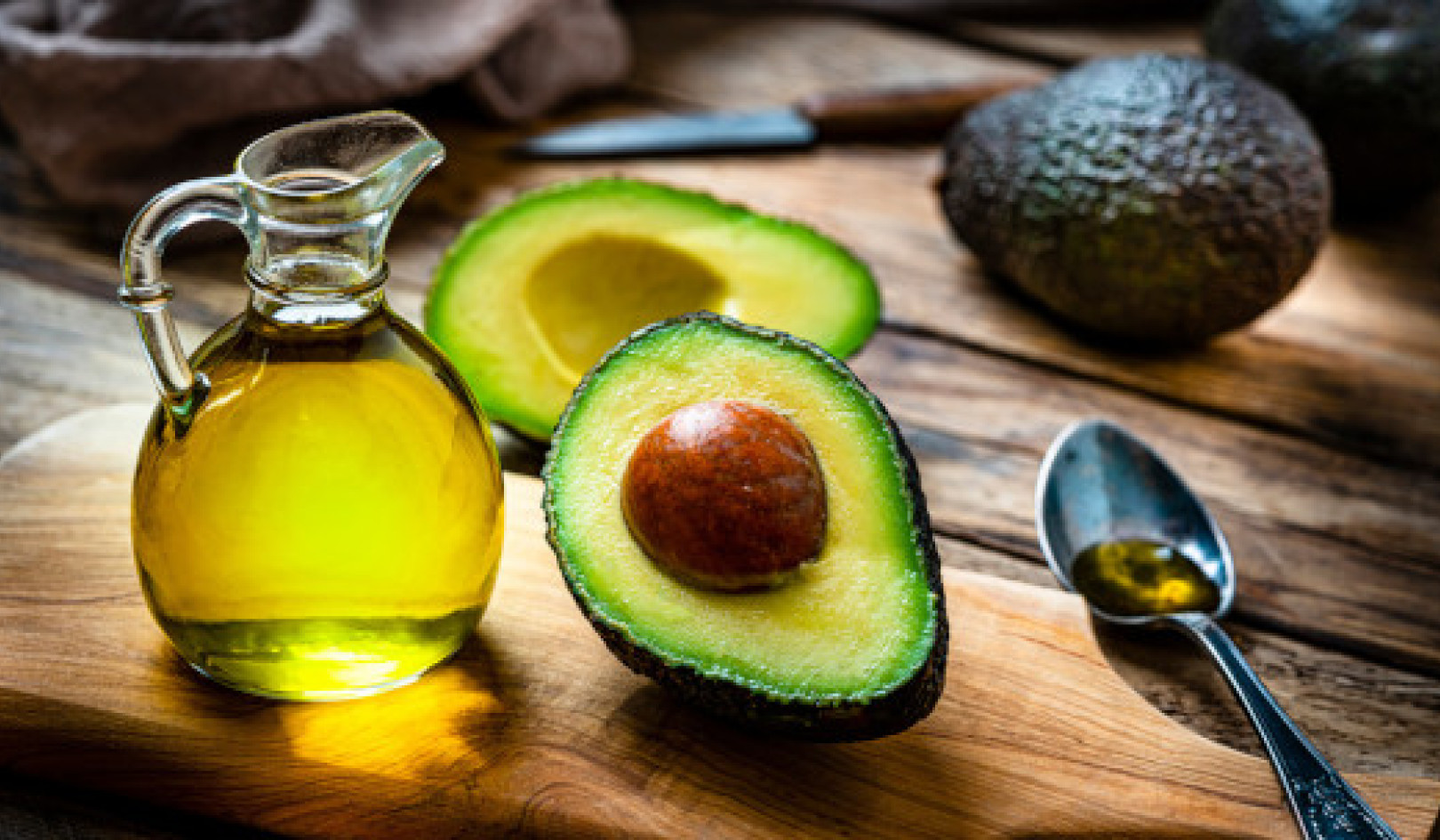
Image by Mabel Amber
The people of ancient Mesoamerica largely understood the fauna around them to be related to and manifestations of the sacred and the cosmos. Animals were thought to serve as messengers or agents for deities or other supernatural beings, connected people with a particular deity or sacred phenomenon, and provided omens.
Lay people, fisherman, hunters, and farmers engaged in ritual animal invocations to ensure success in hunting and fishing, prevent animals from doing damage to their fields, and deter ants from certain areas and actions. Diviners, shamans, and healers interpreted the appearance and actions of animals in the physical world and in dreams to assess and determine numerous kinds of everyday situations.
Animals were also prominent in the peoples’ myths and legends and served as models and metaphors for their social and natural worlds and symbolic discourse. In addition, they could be found in emblem glyphs of dynasties and may have served as designated guides that were transmitted from one ruler to another within the same dynastic line. Animals were also associated with astrological constellations in codices, stelae, and other cultural platforms and comprised many of the day signs within their divinatory (260 days) calendar. Day signs were symbolic characters—animals, elements, or sacred items, whose meaning and expressions could be nuanced by a myriad of factors.
Animals were also likely understood as animate beings in their own right.The innate gifts and powers that animals were understood to embody, represent, and provide access to made them critical actors in the political, religious, and cultural life.
The codices of ancient Mesoamerica were objects that could enhance the vision of ritual practitioners and provide a more nuanced understanding of the myths often being performed in ritual through the illustrated costuming, colors, body postures, ritual instruments, iconography, and period of the day, and possibly even aid the shaman to foresee the future.
Common Themes and Meanings
Ancient Mesoamerican people shared basic concepts about the human body and human life, a basic deity pantheon, principal iconographic symbols, and a core complex of mythical beliefs. As Mesoamerican scholar Oswaldo Chinchilla Mazariegos points out, “Mesoamerican myths are better understood as derived from a common core of ancient beliefs that diverged in multiple regional variants.”
There are oftentimes mythological themes and meanings related to animals that are resilient and can be traced throughout many regions, cultures, and periods of ancient Mesoamerica. One likely reason for this is that the sacred gifts and meanings that animals were associated with typically reflected their physical attributes and natural habits and instincts. These included their methods for hunting/gathering food, mating, and grooming themselves as well as where they resided and ventured, how they moved, and whether they were nocturnal or diurnal.9
In ancient Mesoamerican mythologies, narrative and illustrative, animals were involved in the creation of the world—how it was made or discovered, how elements in nature were created, and how races or tribes originated and acquired maize and other foods. These mythologies also often explained how animals obtained various characteristics and propensities, and they communicated themes and meanings with regard to a particular animal’s sacred qualities, actions, deeds, and associations.
Animals as Healing Medicine
The uses of animals in cures were quite numerous, even more so than those of plants. Animals’ magical curing abilities were typically tied to their physical and behavioral characteristics and the myths they were associated with. The flexibility of small snakes and the many movable joints of centipedes, for example, were utilized in remedies to alleviate stiffness. The speed and dexterity of hares and rabbits made them good candidates for ailing extremities.
There were also numerous invocations made to animals to plead for their help in banishing an illness from the body of the patient, and particular animals were sometimes considered both the omen and the cause of illness and were identified in these invocations as metaphors of the illness.
Sharing Spiritual Heart-Centered Practices
I use the term spiritual to include nonreligious, pagan, religious, and heart-centered practices—basically any kind of tradition or practice that involves believing in some kind of divine power and the rites that arise or are related to those beliefs. Whether or not we have actual blood ties with ancient Mesoamerican indigenous traditions, some of us resonate with and feel intuitively drawn to this wisdom and apply its sacred essence to our spiritual practices and traditions.
Regardless of where we come from, anyone who is willing to do the diligent research and respects and acknowledges these traditions has the right to share this sacred information.
I encourage us to lovingly and consciously decolonize our hearts and minds and focus more on conscious respect and reclamation of these traditions rather than their dogmatic control.
To truly decolonize our spiritual practices we need to allow ourselves to create a space to discover what feels right for us and question and be critical of anyone or anything that proscribes what our path should look like and entail. If and when we are called to learn and draw from our indigenous practices, we also need to define for ourselves what feels enlightening, uplifting, empowering, applicable, and relevant to us in our personal life—breathing our own unique sacred essence energies into these beautiful traditions.
Regardless of culture, race, ethnicity, and traditions, learning these intuitive and heart-centered earth practices and developing a safe, fun, and exploratory space of creation can heal and revive our spirit on many levels.
©2021 by Erika Buenaflor. All Rights Reserved.
All Rights Reserved. Reprinted with permission of the publisher.
Bear and Company, an imprint of: www.InnerTraditions.com
Article Source
Animal Medicine
Animal Medicine: A Curanderismo Guide to Shapeshifting, Journeying, and Connecting with Animal Allies
by Erika Buenaflor, M.A., J.D. Providing multiple methods to connect with animals for spiritual guidance, self-empowerment, and healing, Erika Buenaflor reveals how each of us can enrich our lives with ancient Mesoamerican wisdom for working with animal guides.
Providing multiple methods to connect with animals for spiritual guidance, self-empowerment, and healing, Erika Buenaflor reveals how each of us can enrich our lives with ancient Mesoamerican wisdom for working with animal guides.
Offering an alphabetical guide to 76 animals most prevalent in ancient Mesoamericanlegends, ceremonies, and medicinal rites, the author details each animal’s spiritual gifts, shapeshifting medicine, the realm they are associated with, and their symbolic meaning when they appear in a dream or vision.
For more info or to order this book, click here.
About the Author
 Erika Buenaflor, M.A., J.D., has a master’s degree in religious studies with a focus on Mesoamerican shamanism from the University of California at Riverside. A practicing curandera for over 20 years, descended from a long line of grandmother curanderas, she has studied with curanderas/os in Mexico, Peru, and Los Angeles and gives presentations on curanderismo in many settings, including at UCLA.
Erika Buenaflor, M.A., J.D., has a master’s degree in religious studies with a focus on Mesoamerican shamanism from the University of California at Riverside. A practicing curandera for over 20 years, descended from a long line of grandmother curanderas, she has studied with curanderas/os in Mexico, Peru, and Los Angeles and gives presentations on curanderismo in many settings, including at UCLA.
To find out about her workshops, classes, book signing events, and retreats, or schedule a session with her please visit www.realizeyourbliss.com.

























